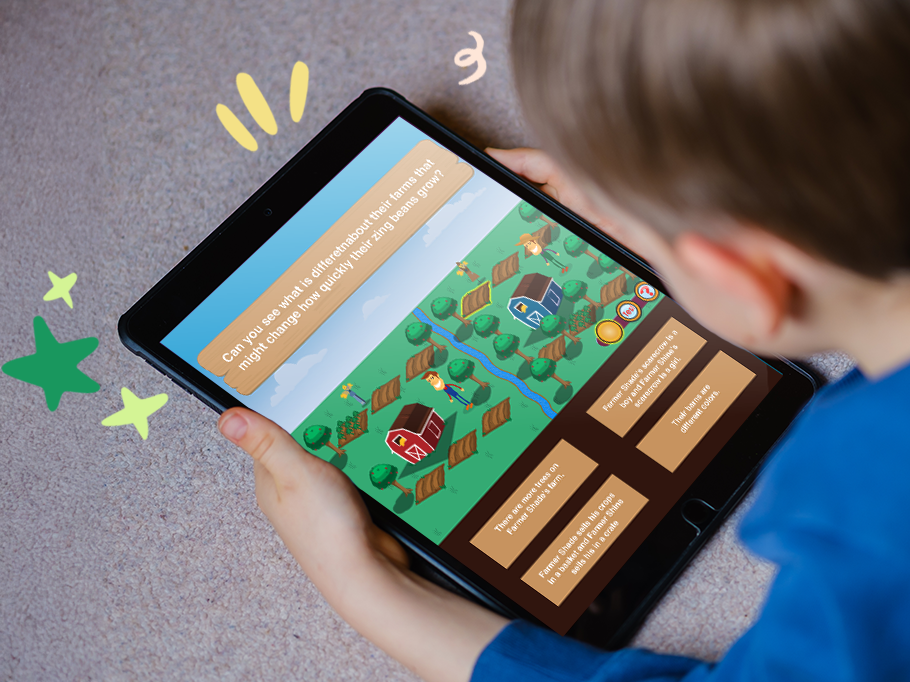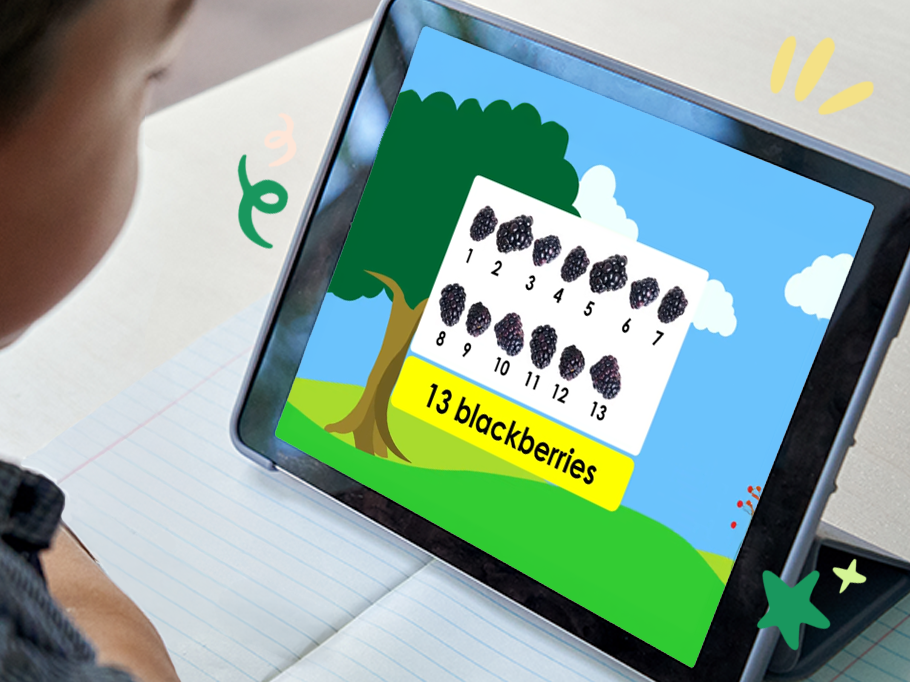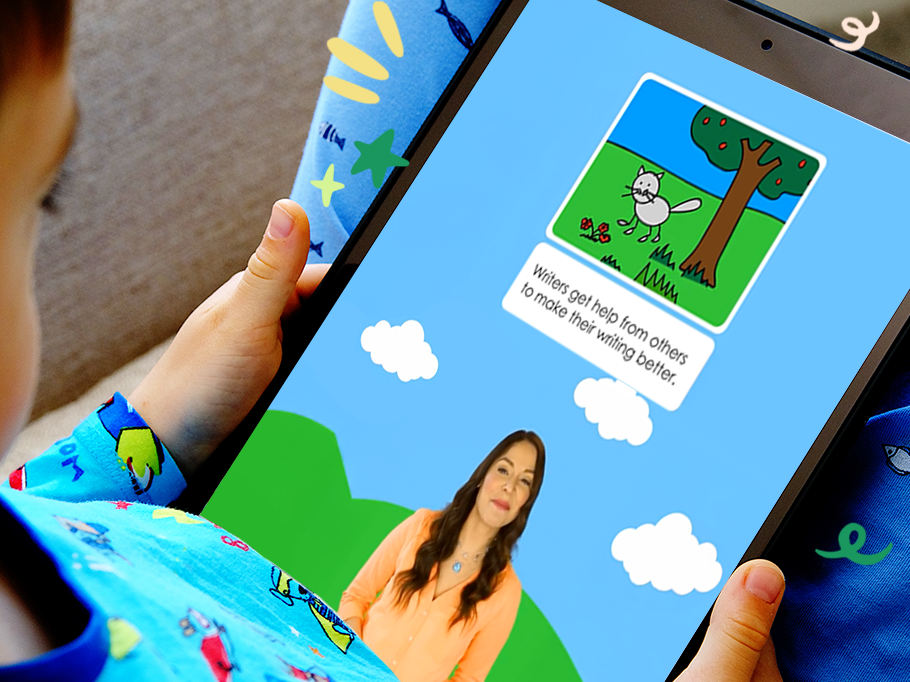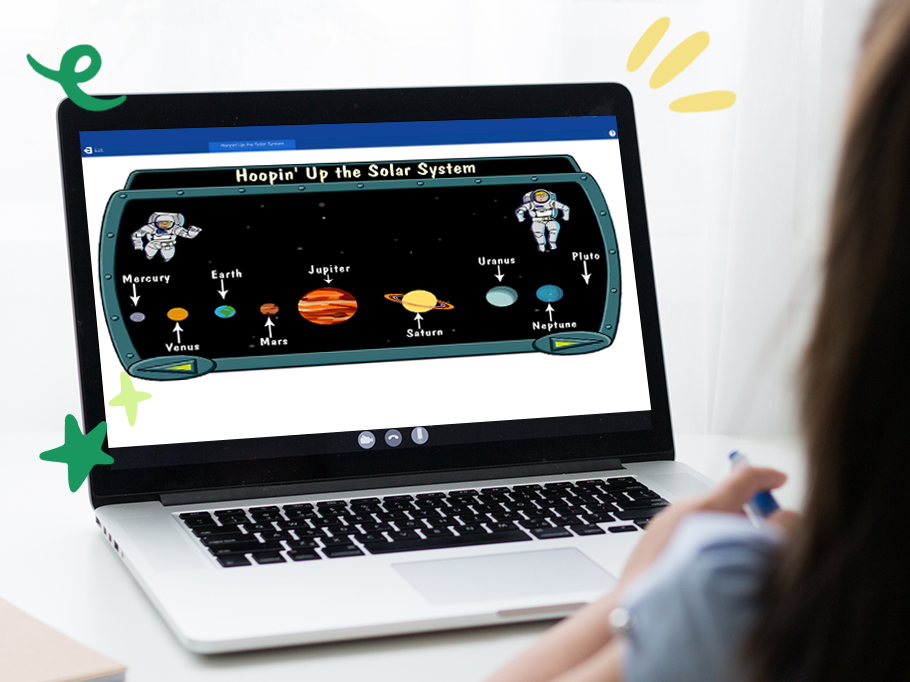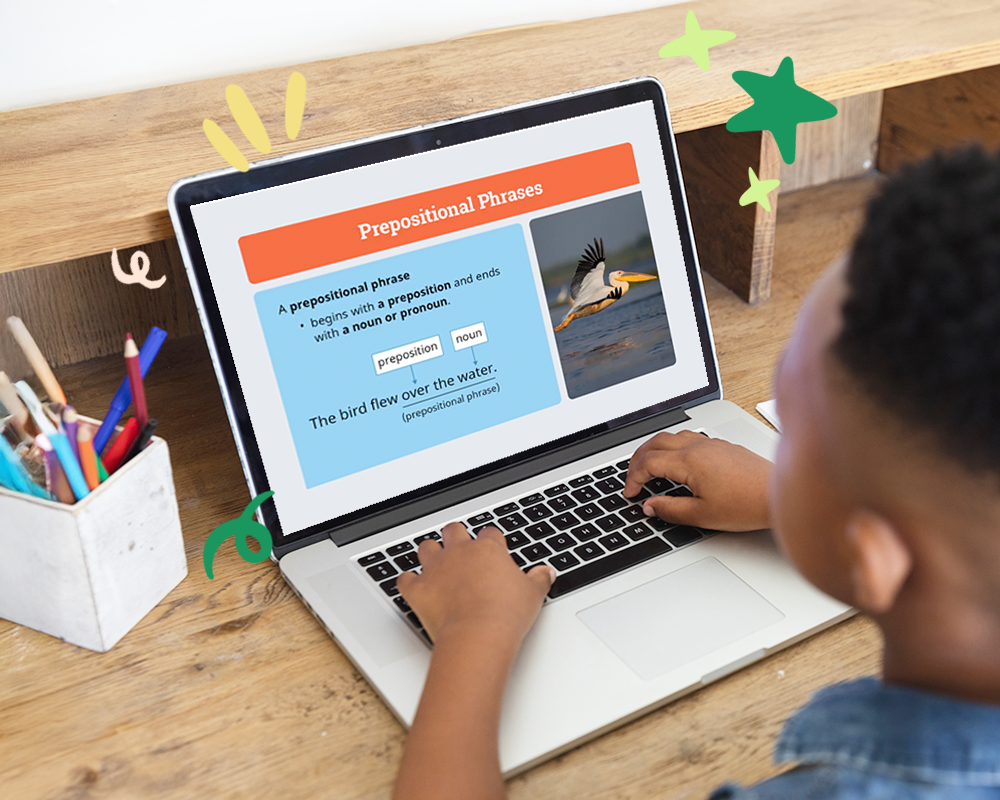How to homeschool in Iowa


Iowa homeschooling laws and options
We have done our best to ensure the accuracy of this information, however it should not be interpreted as legal advice. It is your responsibility to interpret and understand the laws that you will be homeschooling under.
How to homeschool with Time4Learning in Iowa
Time4Learning is a flexible and popular choice for homeschoolers in Iowa. Its comprehensive, online program helps families meet state requirements with engaging lessons and easy record-keeping tools. Here's how to get started:
FPO lifestyle image



Iowa's high school graduation and diploma requirements

Standardized test requirements for Iowa homeschoolers

Applying to college as a homeschooler in Iowa



